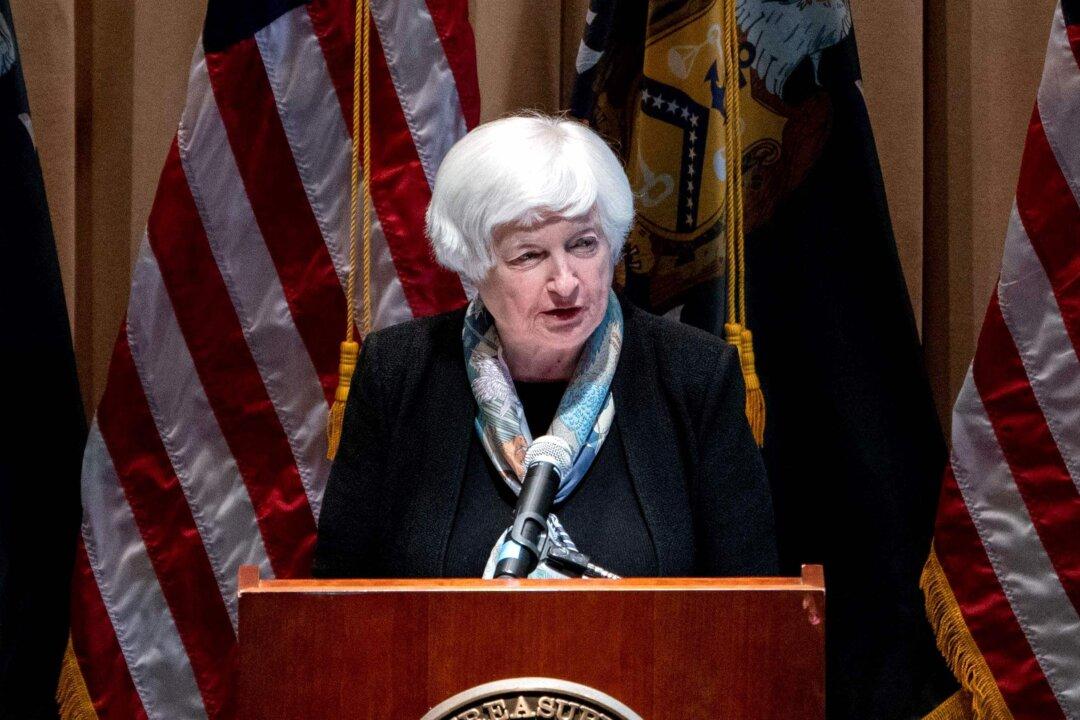The American people are better off today despite rampant price inflation over the past few years, Treasury Secretary Janet Yellen told House lawmakers on April 30.
Ms. Yellen appeared before the House Ways and Means Committee to outline President Joe Biden’s 2025 budget and defend the administration’s economic record.





